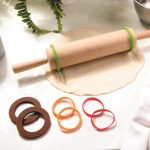What Is Lycra Fabric?
Lycra fabric is a synthetic fiber renowned for its exceptional stretch and flexibility. This unique combination allows it to fit snugly to the body while providing incredible freedom of movement. Due to these characteristics, Lycra is widely used in clothing designed for both comfort and durability. Designers often incorporate it into various styles, making it a staple in both activewear and casual apparel. Whether for swimming, dancing, or everyday activities, Lycra fabric offers the ideal balance of support and comfort.
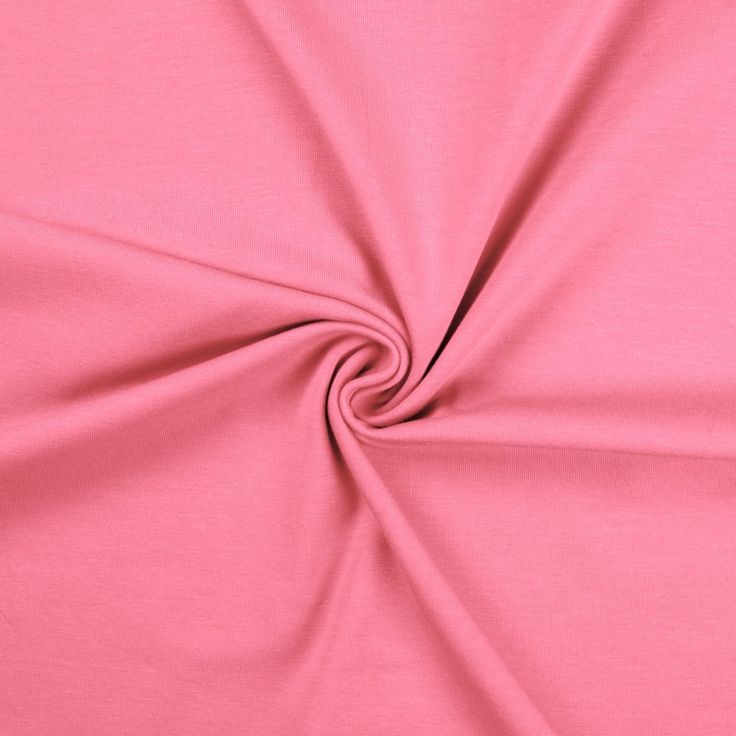
Origins and History of Lycra
The origins of Lycra trace back to 1958 when the American company DuPont invented this revolutionary fabric. DuPont aimed to create a material that would enhance the elasticity of textiles. This invention transformed the textile industry by adding a new dimension of stretch to fabrics that was previously unattainable. During the 1960s, the commercial use of Lycra rapidly expanded. It quickly became essential in modern garments, especially in sportswear and swimwear. Today, Lycra has become synonymous with stretchable and form-fitting clothing. People often associate it with both high performance and fashionable styles that adapt to various body types.
Composition and How It’s Made
Lycra fabric primarily comprises polyurethane, a versatile polymer that contributes to the fiber’s remarkable elasticity. Manufacturers create Lycra by combining polyurethane with various other materials through intricate chemical processes. This combination results in a high-quality stretch fabric known for its resilience. Once the materials are prepared, manufacturers spin them into fine threads, weaving them into garments designed for different purposes. While Lycra can stand alone, it is often blended with natural or synthetic fibers. This blending optimizes both comfort and performance, enhancing the overall wearability of the final product. As a result, Lycra is beloved by consumers who seek both style and functionality in their clothing.
Key Features of Lycra Fabric
Lycra fabric enjoys widespread popularity due to its unique and beneficial qualities. These features make it particularly suitable for a wide variety of clothing styles and applications. From sportswear to everyday wear, Lycra continues to impress consumers and designers alike.
Exceptional Stretch and Recovery
One of Lycra’s standout features is its exceptional stretch. This remarkable fabric can stretch up to seven times its original length. After stretching, Lycra quickly restores its shape, ensuring garments maintain a snug fit. This unique stretch property allows for free movement, making Lycra the ideal choice for activewear and body-hugging outfits. Whether you are performing yoga, running, or engaging in high-intensity workouts, Lycra provides the flexibility necessary for dynamic activities. The ability to adapt to the body’s movements without losing shape makes it a favorite among athletes and fitness enthusiasts.
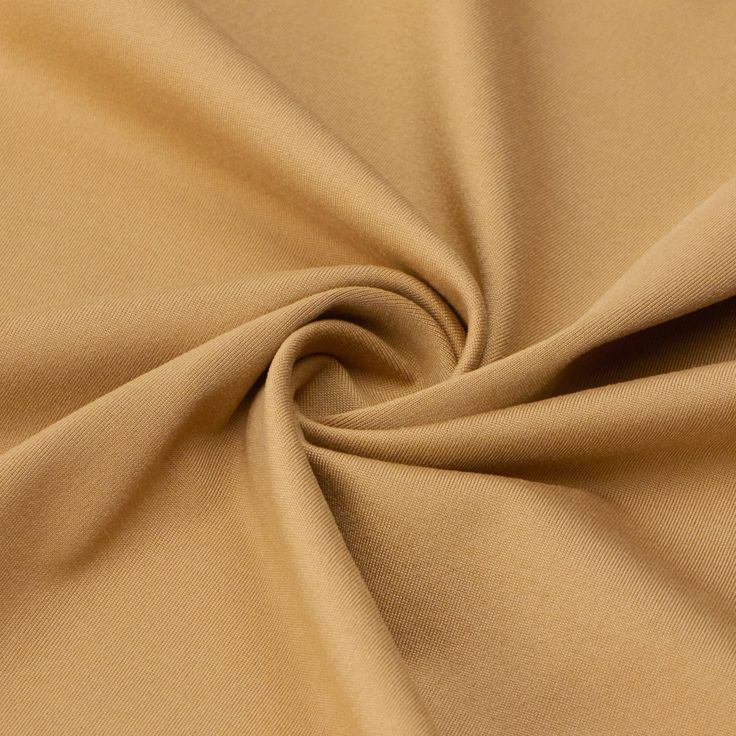
Lightweight and Comfortable Feel
In addition to its stretchability, Lycra fabric is incredibly lightweight. This quality significantly enhances the comfort level for the wearer. The fabric blends smoothly with other fibers, which provides a soft and pleasant touch against the skin. Its flexible nature further prevents bulkiness, allowing for easy mobility throughout everyday activities. Because of this lightweight characteristic, many people choose Lycra for garments they wear for long durations. From leggings to dresses, the comfort Lycra offers can be felt throughout the day, making it a practical choice in various attire.
Durable and Resistant to Wear
Durability stands out as another key feature of Lycra fabric. With its inherent resistance to wear and tear, Lycra retains its strength even after regular use. The fibers maintain their elasticity over time, making them ideal for clothing subjected to frequent washing and stretching, such as activewear or swimwear. This durability ensures that garments crafted from Lycra will last longer, keeping their shape and comfort intact. Consumers appreciate this quality as it translates into better value over time and less frequent need for replacements.
Breathability and Moisture Control
Lycra fabric also provides impressive breathability, which keeps wearers cool in hot conditions. The fabric allows air to circulate, enhancing comfort during physical activities. Additionally, Lycra effectively wicks moisture away from the skin. This moisture control feature promotes hygiene, making it suitable for performance gear and casual clothing alike. As a result, Lycra is perfect for anyone engaging in an active lifestyle, ensuring they not only look good but feel great while wearing it.
Benefits of Using Stretch Fabric
Lycra fabric offers a range of benefits that enhance comfort, style, and functionality. Its unique properties make it a favorite for various clothing applications.
Enhancing Freedom of Movement
Lycra fabric provides exceptional stretch, allowing wearers to move freely without restrictions. Its elasticity ensures comfort during both casual activities and intense physical exercises. This feature makes Lycra a go-to fabric for garments that require flexibility, such as yoga pants or gym wear.
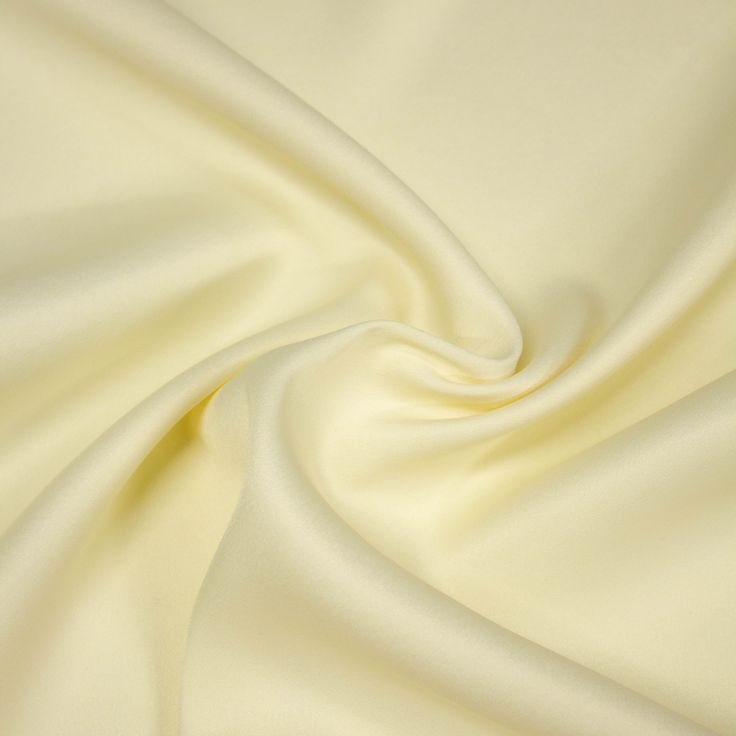
Ideal for Activewear and Sports Clothing
Lycra fabric is a top choice for activewear and sports clothing. Its stretch and recovery properties allow outfits to maintain their shape after rigorous activities. Moreover, its lightweight and moisture-wicking qualities keep athletes feeling comfortable and dry. From running to cycling, Lycra ensures peak performance.
Improved Fit and Style
Garments made with Lycra fabric offer a snug yet comfortable fit. This fabric adapts to the wearer’s body, providing a sleek and tailored appearance. It eliminates bagginess while enhancing the overall style of the outfit. The ability of Lycra to combine form and function is why it’s popular in fashionable, body-hugging attire.
Versatility Across Different Clothing Applications
Lycra fabric is versatile and works well in various types of clothing. It blends seamlessly with other fibers, making it suitable for activewear, casual clothes, and even formal outfits. From swimsuits to medical garments, Lycra fabric enhances both functionality and appeal. Its adaptability ensures it meets the demands of multiple industries.
Common Uses of Stretch Fabric
Lycra fabric is highly versatile and serves key roles across various clothing applications. Its unique properties make it ideal for diverse uses. From active sportswear to medical garments, Lycra seamlessly supports comfort, functionality, and style. Below are the common applications of Lycra fabric.
Sportswear and Performance Gear
Lycra fabric is a favorite for sportswear due to its incredible stretch and recovery. It allows athletes to move freely during intense physical activities. The lightweight and breathable qualities keep wearers cool and comfortable. Its moisture-wicking ability ensures dryness, especially in high-pressure conditions. Whether it’s running tights or cycling shorts, Lycra delivers superior performance.
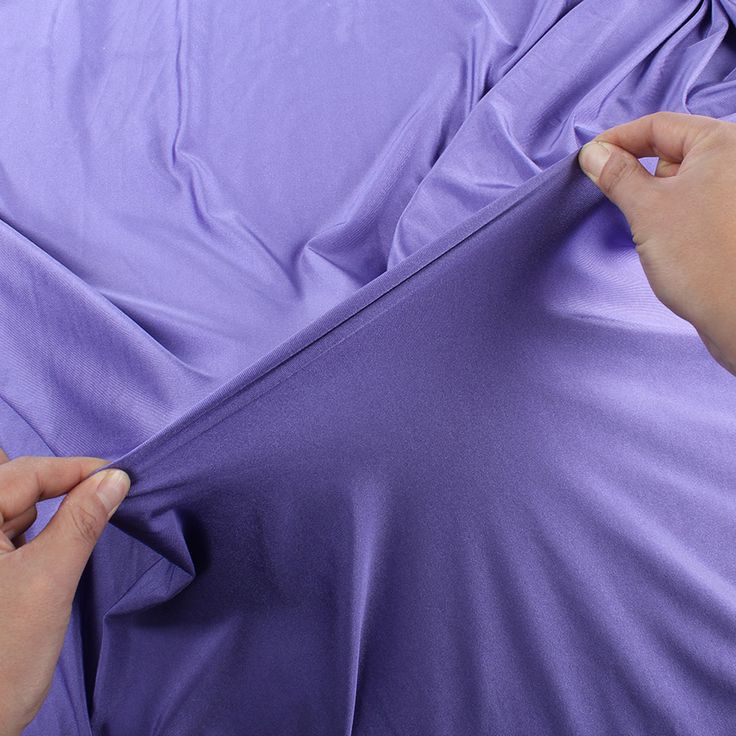
Swimwear and Beach Apparel
Lycra fabric is a key material for swimwear due to its snug fit and durability. Its elasticity enables swimsuits to adapt perfectly to varying body shapes. The fabric resists the wear caused by saltwater and chlorine. This keeps swimwear intact even after constant exposure to harsh conditions. Lycra ensures comfort and flexibility, ideal for various water activities.
Casual and Everyday Clothing
For casual apparel, Lycra adds comfort and style effortlessly. It blends with other fibers for improved fit and form. T-shirts, jeans, and dresses often feature Lycra for a polished, tailored look. Its lightweight and stretchable nature contribute to unrestricted movement all day. Lycra is popular for everyday clothing, ensuring both function and fashion.
Medical and Support Garments
Lycra fabric is widely used in medical and support garments. Its elasticity provides compression that helps improve circulation and reduce swelling. Items like compression stockings and braces rely on Lycra’s stretchability and resilience. Additionally, its soft texture ensures comfort during extended wear. Lycra is trusted for garments requiring critical performance and support.
Care and Maintenance of Stretch Fabric
Proper care ensures Lycra fabric lasts long while maintaining its unique qualities and performance. Follow these tips to clean and handle Lycra effectively.
Washing and Cleaning Tips
- Use Cold Water: Always wash Lycra clothes with cold or lukewarm water. Hot water can weaken elasticity.
- Select Gentle Detergents: Use mild detergents to prevent damage to the fabric’s fibers.
- Avoid Overloading the Machine: Wash Lycra clothes separately or with similar fabrics to avoid tangling.
- Opt for Hand Wash: For delicate items, hand wash Lycra using soft motions. Avoid excessive scrubbing.
- Air Dry: Hang or lay flat Lycra garments to dry. Avoid direct sunlight to prevent fading.
Do?s and Don?ts for Longevity
Do’s:
- Store Properly: Fold Lycra clothes neatly to avoid unnecessary stretch.
- Read Labels: Follow care instructions provided on the garment for optimal maintenance.
- Use Fabric Conditioner: Add conditioner occasionally to retain softness and stretch.
Don’ts:
- Don’t Use Bleach: Bleach can damage Lycra fibers and reduce elasticity.
- Avoid High Heat: Do not iron or tumble-dry Lycra fabric. High heat can ruin its properties.
- Skip Overwashing: Overwashing reduces the lifespan of Lycra garments. Wash only when necessary.
With these steps, Lycra fabric stays fresh, durable, and functional for extended use.
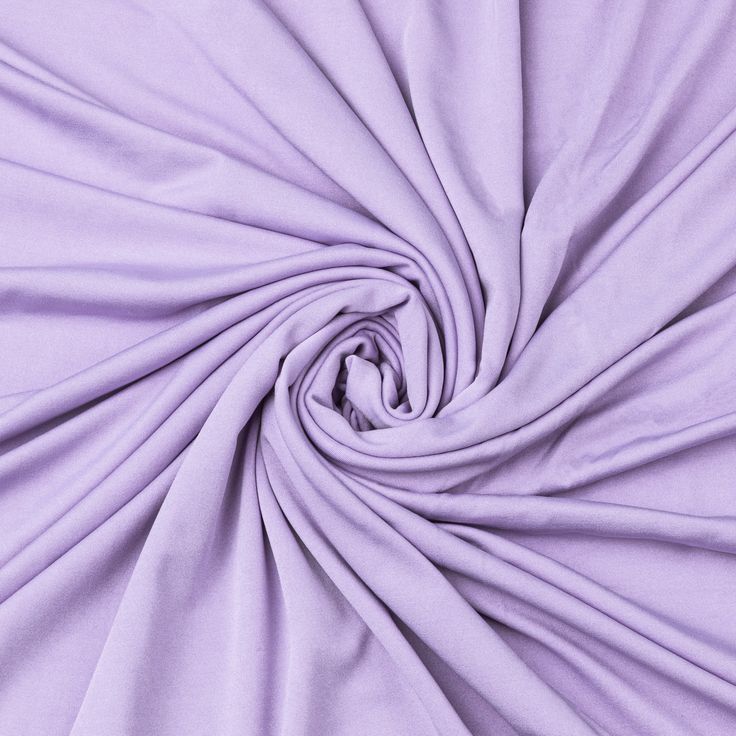
Sustainable and Ethical Aspects of Lycra
Lycra fabric is widely appreciated for its functionality, yet its production has environmental challenges. Sustainable practices are being adopted to reduce its environmental impact and promote ethical manufacturing.
Environmental Impact and Recycling
Lycra fabric production relies on petrochemicals, contributing to carbon emissions and environmental degradation. Disposal of Lycra garments also poses challenges as the materials decompose slowly in landfills.
Efforts to mitigate this impact include:
Efforts to address the environmental impact of Lycra fabric include several important initiatives:
- Recycling Programs: Many companies are actively exploring recycling initiatives for Lycra fibers. These programs aim to reuse the fibers efficiently, minimizing waste and reducing the need for new raw materials.
- Eco-Friendly Alternatives: Some manufacturers are developing bio-based Lycra using renewable resources, such as plant-based polymers. This approach reduces reliance on fossil fuels during the production process, supporting more sustainable practices.
- Energy-Saving Production Methods: Implementing energy-efficient production processes helps lessen the ecological footprint of Lycra manufacturing. By consuming less energy, manufacturers can decrease greenhouse gas emissions associated with fabric production.
- Garment Upcycling: Upcycling programs promote the repurposing of Lycra garments. This strategy encourages consumers to extend the lifecycle of their clothing, ultimately reducing textile waste in landfills.
Through these initiatives, the industry is gradually addressing the environmental challenges associated with Lycra fabric. These efforts aim to create a more sustainable future for textile production.
Innovations in Sustainable Lycra Production
Innovations in Lycra production focus on creating eco-friendly processes and reducing harmful waste.
- Bioengineered Lycra: Researchers are developing Lycra made with bioengineered elastane from sustainable sources. These methods prioritize energy efficiency and environmental preservation.
- Waterless Dyeing Techniques: Advanced dyeing technologies reduce water use and chemical waste during production. This significantly decreases pollution.
- Closed-Loop Recycling: Facilitating closed-loop systems ensures that Lycra fibers can be endlessly reused, preventing landfill accumulation.
- Factory Audits: Ethical audits promote fair labor practices and monitor compliance with sustainability standards.
Brands implementing these innovations help pave the way for responsible and sustainable textile production. Promoting eco-conscious Lycra options encourages environmentally aware consumption among buyers.
Comparing Lycra to Other Stretch Fabrics
People often compare Lycra fabric with other stretch fabrics because of its unique qualities and versatility. A better understanding of these comparisons helps clarify their differences and suitability for various applications.
Spandex vs Lycra
Spandex and Lycra are often regarded as interchangeable, but there are subtle differences:
- Terminology: Lycra is a brand name owned by Invista, while Spandex is the generic term for the fiber.
- Recognition: Spandex refers to any elastic synthetic fiber, whereas Lycra specifically indicates Invista’s product.
- Quality: Lycra is known for consistent quality, durability, and performance compared to some generic Spandex brands.
- Applications: Both are used in similar applications, like sportswear and swimwear, thanks to their stretch properties.
- Blending: Lycra often blends better with other fibers due to its premium-grade manufacturing.
While both provide excellent elasticity, Lycra is favored for reliability and brand assurance.
Elastane vs Lycra
Elastane and Lycra are similar yet distinct terms, highlighting important differences.
- Definition: Elastane refers to the chemical name for the fiber itself. In contrast, Lycra is a branded version of elastane. This distinction helps consumers identify the fabric’s quality.
- Global Terms: Elastane is the term most commonly used in Europe to refer to this stretchy fiber. On the other hand, Lycra dominates the North American markets, where it has become synonymous with high-quality elasticity.
- Performance: While both fibers provide stretch, Lycra often offers enhanced performance benefits. It features superior durability and better stretch recovery, ensuring garments maintain their shape after use.
- Innovation: As a proprietary brand, Lycra continuously innovates by introducing advanced versions of elastane. These adaptations cater to modern textile demands, making Lycra a preferred choice for many manufacturers.
- Blended Uses: Both elastane and Lycra find applications in garments that require elasticity. You’ll commonly find them in yoga pants, compression wear, and other active clothing.
Overall, while elastane serves as a generic material, Lycra delivers trusted quality and innovative advancements to its applications.
